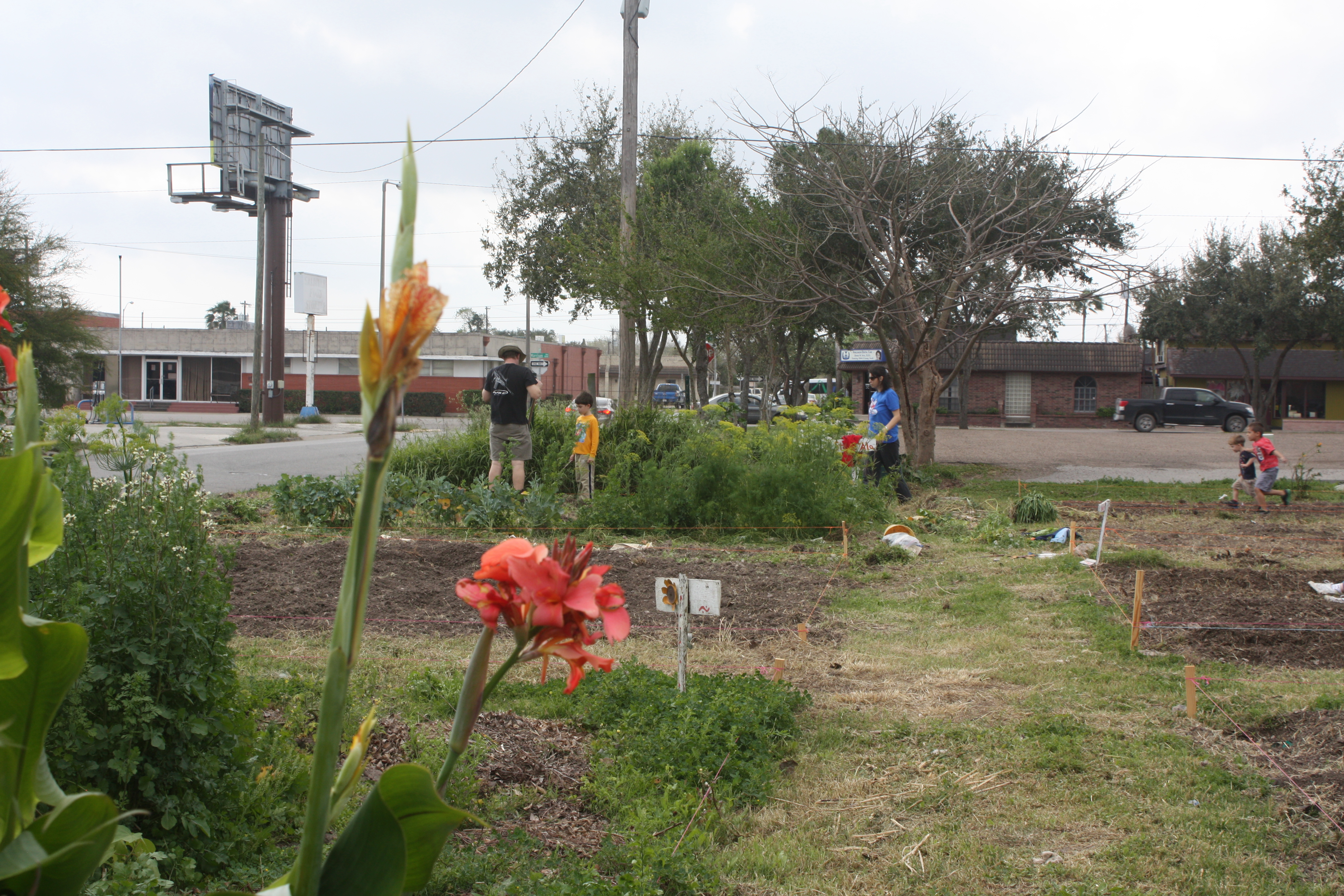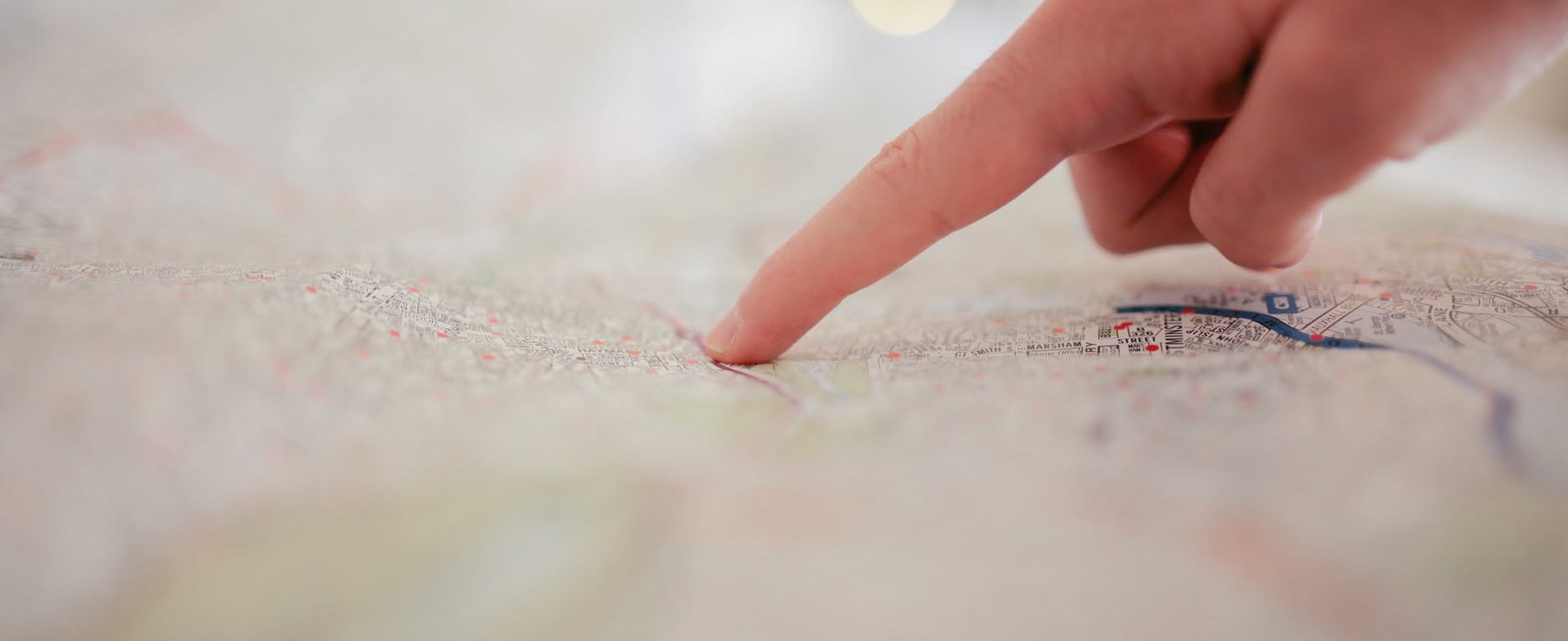
Once you have decided that you are going to partner with the soil and the air and the sunshine to bring something new into the world in the form of a garden, the next step is to decide where you want to put it. Even though it might seem a little abstract and esoteric at times, choosing the best possible plot of land for your garden is the best way to avoid trouble down the road. The key to getting this right is to think about what your plants need from their surroundings as well as what they will need protection from. It’s something that we plan for ourselves and our children or pets every day, yet crossing over into the horticultural context can make us feel a bit clumsy.
Some things to consider:
Access to Water: Just like us, plants need a regular supply of water. Once they are matured, most plants can sink roots deep enough and partner with beneficial fungi to get some water from the soil even if it looks dry on the surface. Before that, when they are seedlings or maybe even still seeds, they will need to be kept damp with waterings daily or every other day, depending on the soil type and on the temperature/weather. With that in mind, you should choose a sight that allows you to get water to it easily via hose, a sprinkler system, or any other means of irrigation that isn’t so much work you might put it off on a day that is too hot, too cold, or too heavy in case someone is watering your garden while you are away (e.g., a tiny yellow watering can for a garden 200 meters from the faucet).
Drainage: Your new plants will be busy putting down roots and soaking up sunshine, so they need a nice spot where they can stay put long enough to do that. So that means they shouldn’t be on a steep slope where those tiny little jackhammers known as raindrops will wash them down the hill the first time a storm blows in. Although they will ideally be some place that gets water when it rains, that water shouldn’t stand around for days after a heavy rain. If it puddles in your garden for more than a day or two, unless you’re growing rice, most of your plants will start to drown. The two extremes are on the side of a steep hill and in the bottom of a hole. You want somewhere in the middle where your topsoil stays put and the water (from irrigation or natural sources like rain) has time to really soak in before it moves along. This will keep your plants happy with enough water, but not so much that it washes away their nutrients and soil or it drowns their roots.
Sun: Finding the best sunshine for your garden can be tricky. If you hadn’t noticed already, when you start trying to find a sunny spot, you’ll notice that the sun moves qutie a bit from North to South as we go between winter and summer. The best way to really know for sure if your garden will have at least 8+ hours of direct sunlight during your peak growing season is to observe the spot in question during that season. If you live somewhere that excessive heat can be a problem, a garden will be happier if it gets its sunlight in the morning (meaning an Eastern exposure) when the day is still cool instead of in the evening as the sun scorches its way into the horizon.
Protection from…: There are many things that a garden site might need to be protected from. Some of them walk on four legs, like rabbits, deer and foxes, while others might come in on wings looking for a tasty vegetable snack. During the beginning phases of a garden, you want to consider different amounts of fencing as a possibility. Two-legged intruders can be quite destructive as well, whether wild children or spouses curious about the new muddy patch that was turf grass only the day before. As such, they might need fences as temporary or constant reminders to stay off of the new plot.
For the the more specific aspects of choosing a garden site that is both appropriately protected and available to all of the energy and nutrients it requires to thrive, we can look to permaculture for some wisdom. Permaculture relates to bigger natural systems and lets us design in ways that work with them rather than against. In this case, you should look at what energies and materials flow through the site you have in mind over the course of an entire year before you commit to garden there. For example, if you pick the spot on your property with the best sunlight and the best soil for the summer, but the runoff from your roof floods that spot for 3 solid months every spring, you will either have to channel that water somewhere else or pick a new site. With our own eccentric behaviors and traffic, people and pets count as energy flows as well. You wouldn’t want to put your garden right in the middle of the path from your house to your garage, as it would only be a matter of time before someone got tired of walking around it. Other energy flows can be runoff from structures or other sources like animal pens, etc., as well as wind or heat that might be channeled or concentrated during a specific season, e.g. next to a metal shed that reflects heat onto your garden during the hottest part of the summer.
Soil: Since it is so incredibly important, soil has a section of its own and is addressed there in more detail. For now, look for soil that is neither too clayey nor too sandy. If you have to choose, err on the side of sandy, but keep in mind that beaches aren’t known for their vegetable production…
Next, read more in this Introduction to Soils!
